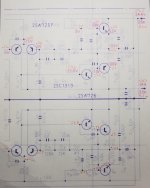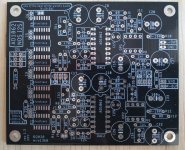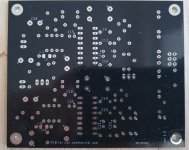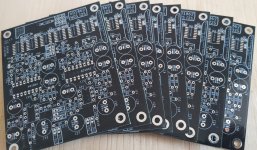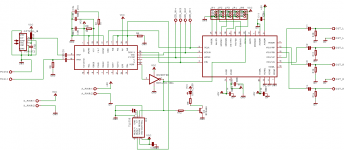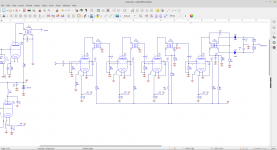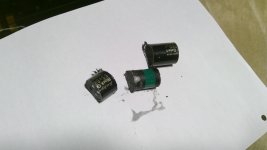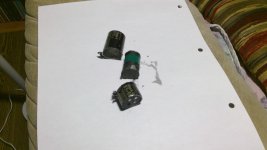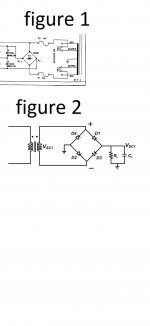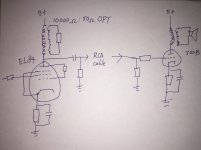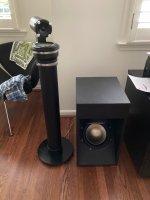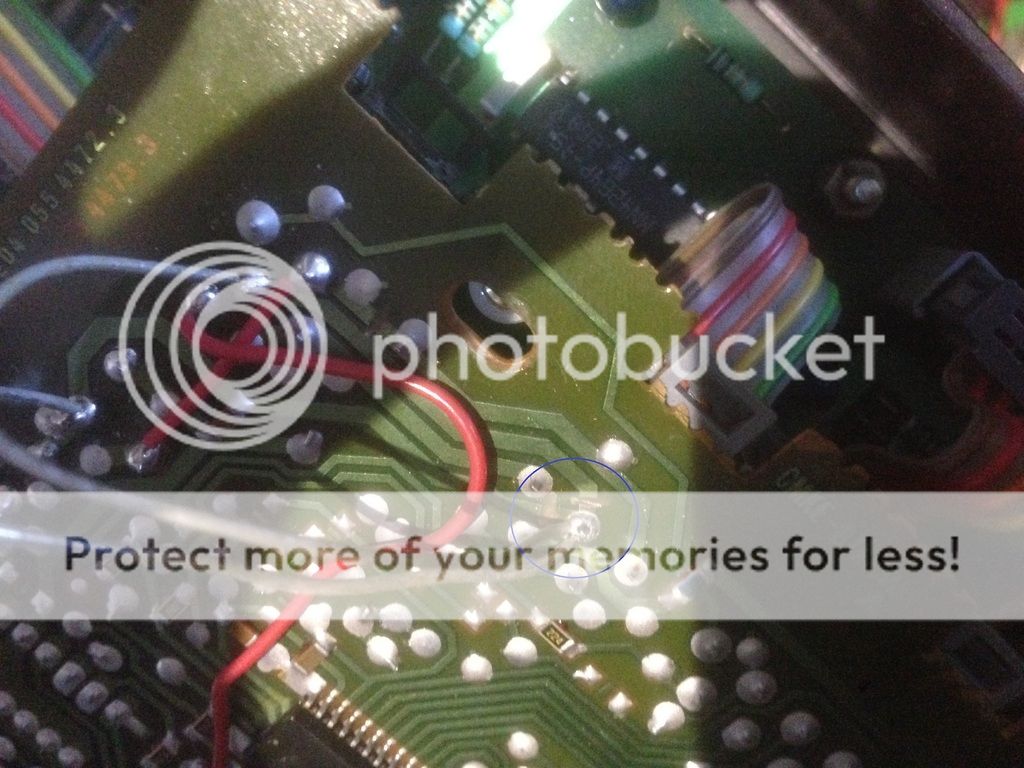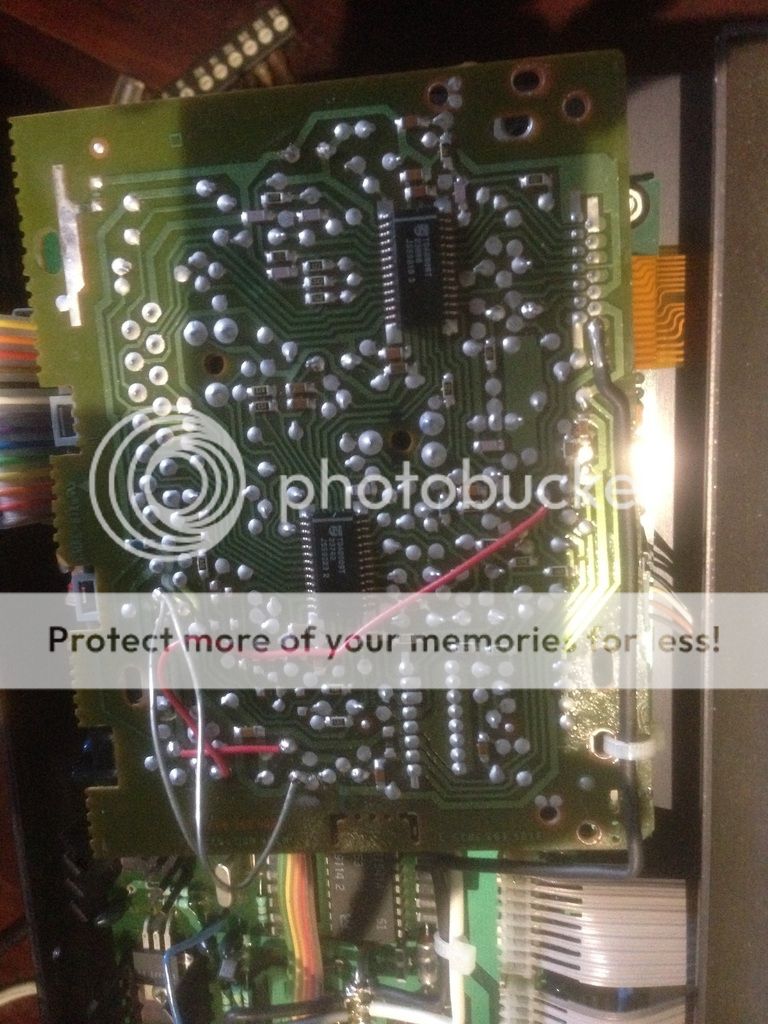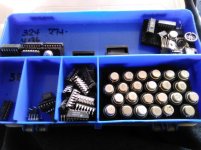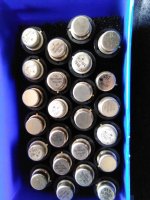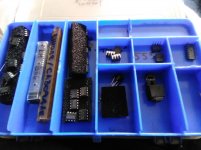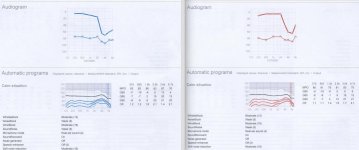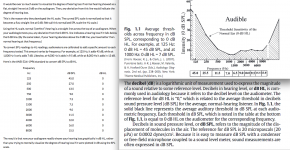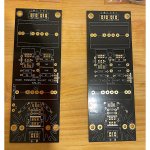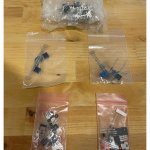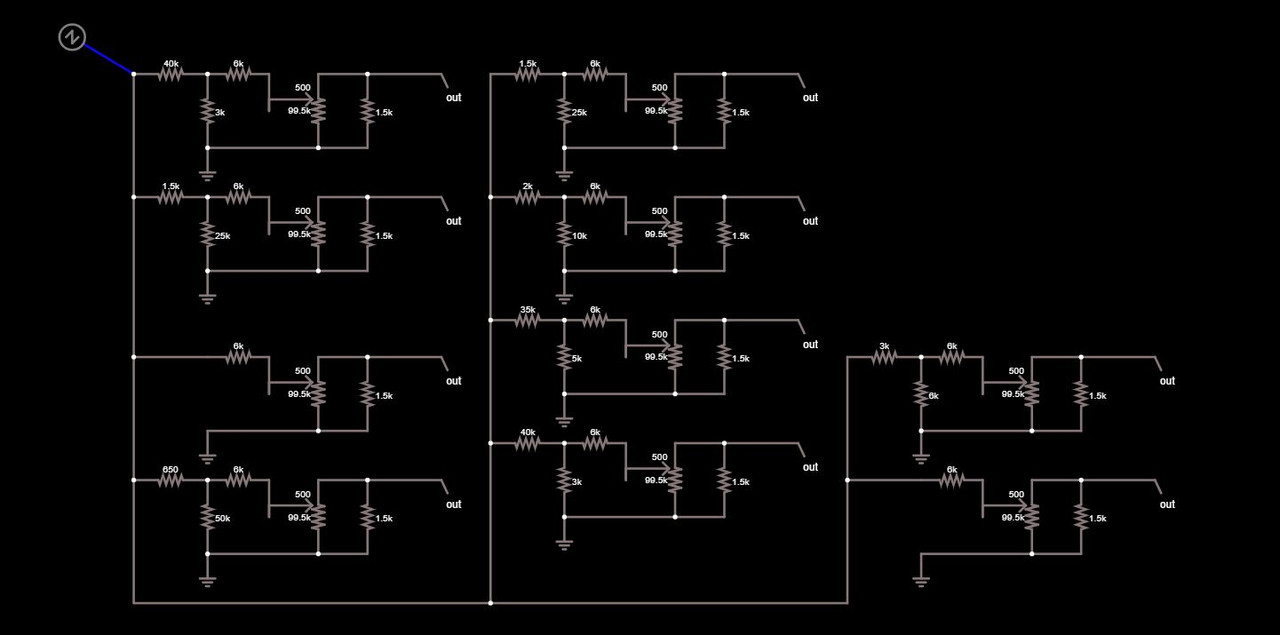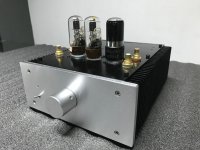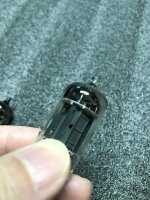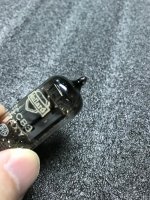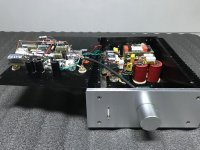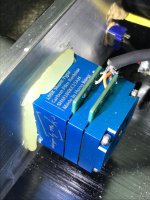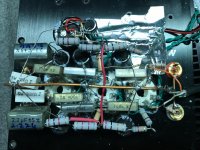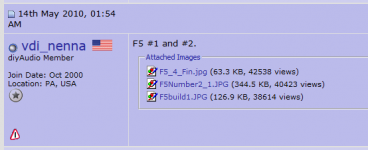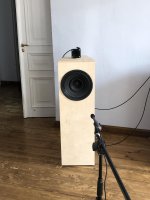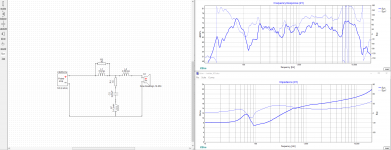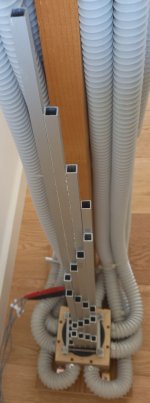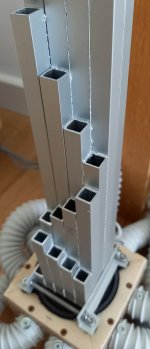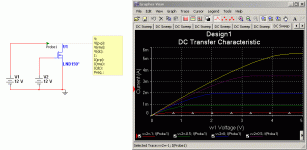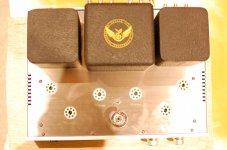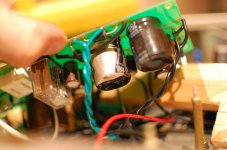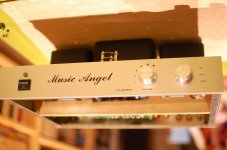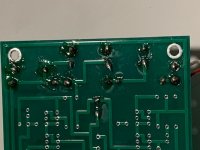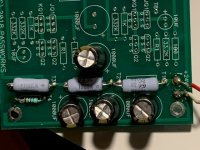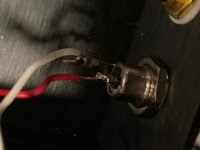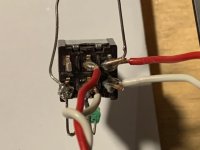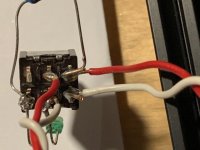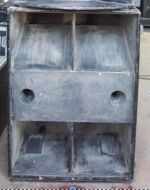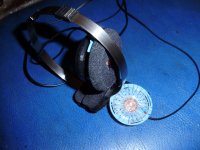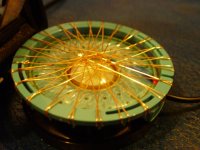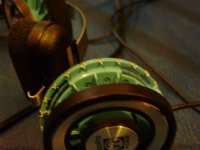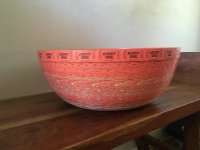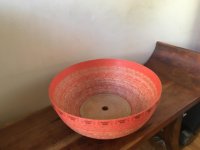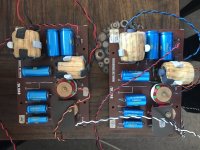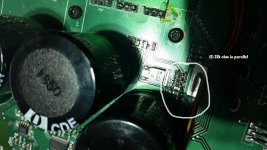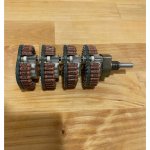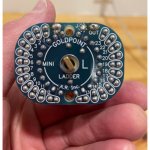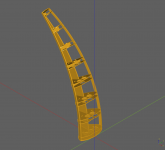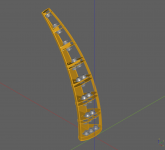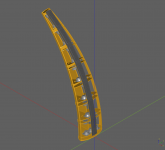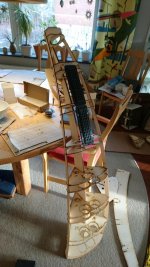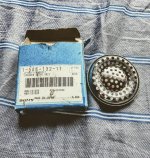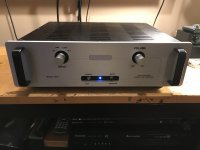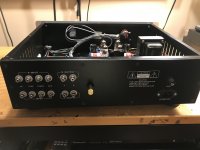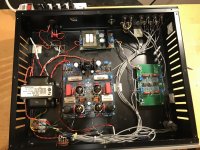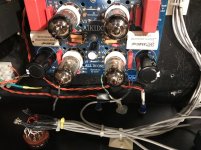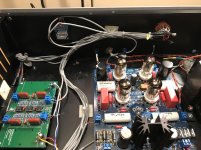FS: CUE-838
A pair of gorgeous JAN CUE-838. I have no idea what to expect for these. I see fantasy prices on ebay, but I don't really like ebay...
These were in a military wooden box which has been sitting in storage since WW2. The box and paper wrappings were pretty rotten, so now they are wrapped in fresh paper.
I do not know their condition. The getter looks good, pretty generous amounts of getter. The plates on one of them is slightly darker than the other, perhaps indicating some use...? See pictures.
The filaments look good and draw the correct amount of power.
Datasheets here: TDSL Tube data [838]
Please try me with an offer. Will consider trade with a pair of good FR drivers (preferably > 6") and/or some decent OPT (shipping cost may become an issue so we'd have to work something out).
Located in Norway.
Thanks
These were in a military wooden box which has been sitting in storage since WW2. The box and paper wrappings were pretty rotten, so now they are wrapped in fresh paper.
I do not know their condition. The getter looks good, pretty generous amounts of getter. The plates on one of them is slightly darker than the other, perhaps indicating some use...? See pictures.
The filaments look good and draw the correct amount of power.
Datasheets here: TDSL Tube data [838]
Please try me with an offer. Will consider trade with a pair of good FR drivers (preferably > 6") and/or some decent OPT (shipping cost may become an issue so we'd have to work something out).
Located in Norway.
Thanks
Attachments
-
 1479_1.jpg222.4 KB · Views: 119
1479_1.jpg222.4 KB · Views: 119 -
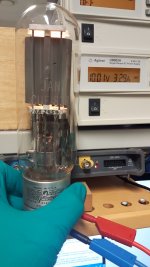 2454_1.jpg225 KB · Views: 117
2454_1.jpg225 KB · Views: 117 -
 20210405_210645.jpg482.3 KB · Views: 122
20210405_210645.jpg482.3 KB · Views: 122 -
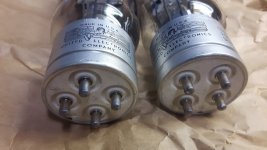 20210405_210701.jpg203.5 KB · Views: 109
20210405_210701.jpg203.5 KB · Views: 109 -
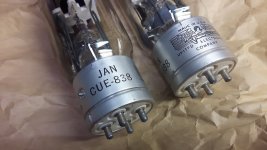 20210405_210737.jpg219.5 KB · Views: 109
20210405_210737.jpg219.5 KB · Views: 109 -
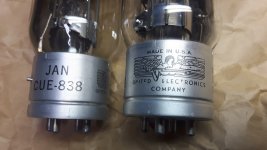 20210405_210758.jpg309.2 KB · Views: 69
20210405_210758.jpg309.2 KB · Views: 69 -
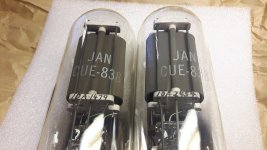 20210405_210917.jpg701.2 KB · Views: 58
20210405_210917.jpg701.2 KB · Views: 58 -
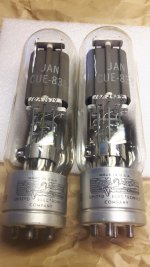 20210405_210935.jpg645.3 KB · Views: 59
20210405_210935.jpg645.3 KB · Views: 59 -
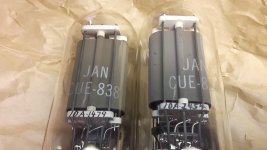 20210405_210855.jpg446.1 KB · Views: 57
20210405_210855.jpg446.1 KB · Views: 57 -
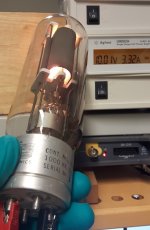 1479_3.jpg129.5 KB · Views: 64
1479_3.jpg129.5 KB · Views: 64
